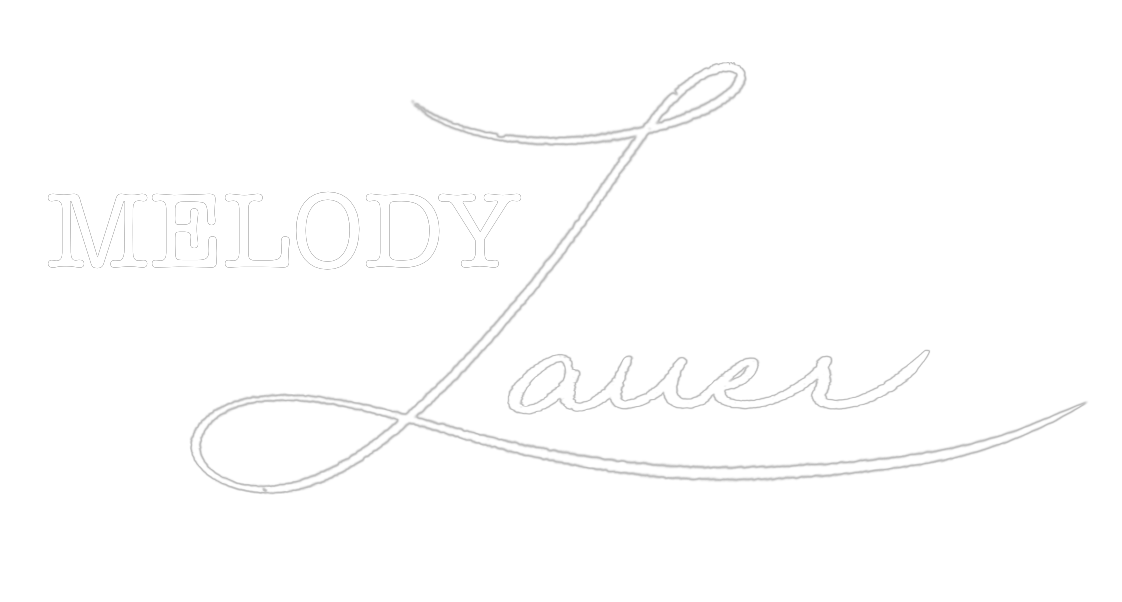I’ve always been a sucker for symbolism.
Maybe it’s my artistic nature, or the way my mind works, but if there is anything I am trying to understand I will seek out visual representations of it, or create them myself if they can’t be found. I spend as much time contemplating how visual representations of a concept aid or hinder in understanding it as I do contemplating the concept itself.
For well over a year now, one of my many passions has been the Virtues: Prudence, Temperance, Justice, and Fortitude.
Introduced by Plato in his dialogues with Sacrates, the Republic, the Sacratic virtues became a foundational component of Stoic philosophy.
Over the years other philosophers have added, expanded, or attempted to simplify the virtues, but the four key virtues remain relatively unscathed. Depending on the translation, you might see them listed as Wisdom, Moderation, Justice, and Courage. And if you’re a symbolism nerd like me, you will find they are most often represented as an owl, an anchor, scales, and a lion.
To me, the best symbols elicit an emotional response or tell a story that conveys meaning. When I started diving into the symbolism behind the virtues, I was disappointed.
Why is an owl considered the symbol for wisdom? What does an anchor have to do with moderation? Are lions really that courageous?
I decided to dive deeper and see how the virtues were represented in art of a more ancient time. I’m no art historian, but google seemed to return the most results from around the 4th century AD through the renaissance era of the 14th – 16th century. During this time, Christianity grew to be the most dominant religion in the region and the Bible as we largely know it today was assembled.
It’s no surprise then, that many depictions of the virtues have biblical themes, especially after “The Union of the Virtues” by catholic philosopher, Thomas Aquinas, in the 13th century, when he combined the four key virtues with the three theological virtues–faith, hope, and charity–as outlined in 1 Corinthians 13 by the Apostle Paul.
It’s also no surprise that at the height of the age of art and beauty some of the most profound symbols of the virtues can be found.
In another post I wrote for CDR I briefly talked about the symbolism of Charity and how I used it to have a better understanding of the concept of love.
As I continue to dive into each virtue and its symbolism I can no longer rely on my memory and internal dialog to keep things in order. After well over a year of picking them apart in my head I feel compelled to sort out my thoughts by writing them. So don’t be surprised if, over the next whenever, you see random (and probably rather lengthy) posts about virtue and the symbolism that represented it in 14th – 16th century art.
You’ve been warned.

